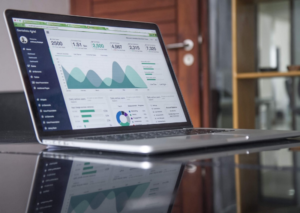
Have you experienced the boredom of sitting through a dry, repetitive, or simplistic presentation? Most people can remember seeing colleagues scrolling phones or doing crosswords, seemingly checked out and not absorbing the material. Students react similarly when they aren’t engaged in active learning. Below is a summary of a few ways to connect with students in the digital age.
Active Learning
Without real participation in the learning process, students often tune out during long lectures. If the student doesn’t understand what purpose this information will serve, the decision to disengage can be subconscious. By speaking in the most direct way possible, and then allowing the student to apply this knowledge in a hands-on simulation or demonstration, you can motivate students to understand why they should spend the energy necessary to understand the material. They will also see how it could be helpful in future situations. When students move for the library for the material to a relevant real-world scenario, they are more likely to process and remember the details of a given topic.
Mobile-First
The modern student is accustomed to having information available instantly from a smartphone or mobile device. Often the temptation for distraction on these devices is too powerful to resist, especially in a lecture-style setting. Given that students will be engaged with their smartphones during the lesson, it’s important to consider how to reach your students on their preferred medium. Many platforms provide mobile student engagement strategies. These platforms can allow students who might feel otherwise hesitant to speak in a public setting to communicate through words. Many students find it is easier to write thoughts and questions down, with the ability to edit them before they are expressed. This also gives students a written record that can be consulted if they want to review the material presented or be reminded of questions that their classmates have already asked.
Fill Dead Time
Dead Time occurs in the classroom when there isn’t any active class participation, such as when materials are being passed out or the technology is being set up for an online presentation. This is most often when students will default to scrolling unrelated material on their smartphones. There are many methods to interact with students even when there is a necessary pause in the lesson. You could ask students to pair up and come up with a few bullet points to summarize the previous topic. Alternatively, you could give them a summary of the next topic and ask them to consider it and write down why they think it is important or might be useful. Another option is asking students to stand up, move around or stretch (without looking at their smartphone), giving them a quick breather and some time to refresh before diving into the next lesson.
Summary
It is becoming more important each day to consider ways to connect with students on an individual level. Each of them has a unique perspective and a good educator will find ways to help them open up and share this with their classmates. Using a platform built to engage students digitally and on their own mobile device, along with active learning strategies and eliminating dead time, are several ways to improve the quality of the educational experience for your classroom.



